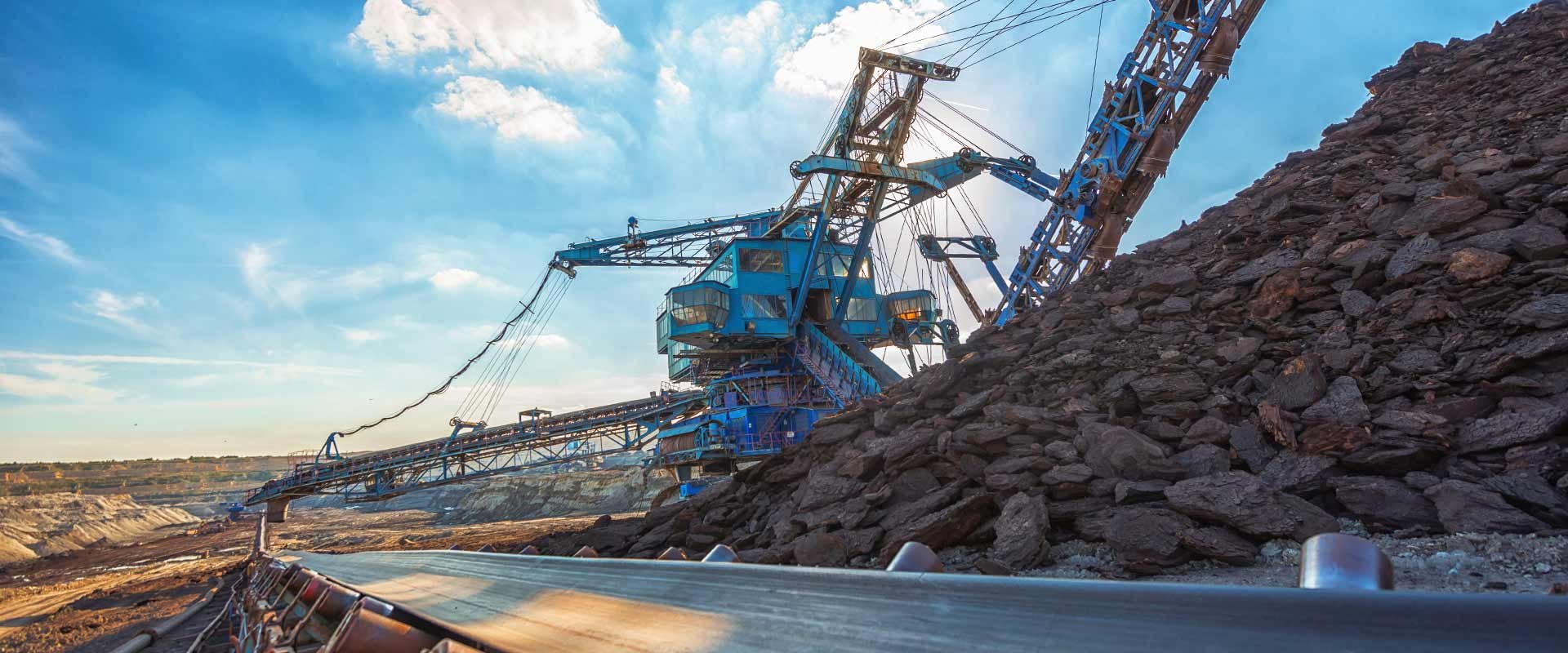Did you know? Ten fascinating mining facts
Mining

Mining
The mining industry is a key driver of the world’s economy, with the market expected to reach a value of nearly $1.86 trillion by 2022. Our modern-day life depends on mined materials in a myriad of ways, from the cars we drive (lead, zinc), to the houses we live in (steel, copper, aluminium), to the roads we drive on (limestone, bitumen, gravel), to the phones we use (rare earth elements, silicon).
As the world embraces carbon neutral and green initiatives, the minerals required to support this shift to renewables are in higher demand than ever. Australia is a key player on the global stage of mineral exploration, producing 19 useful minerals in significant amounts from over 350 operating mines across the country. Want to learn more about this dynamic global industry, and Australia’s place in it? We’ve sourced 10 facts about mining, from Australia and around the world.
Australia holds the largest reserves of crude iron ore in the world, according to a 2021 report by Statista. Home to a whopping 50 billion metric ton of the steel-making stuff, Australia makes up half of the world’s total iron ore exports, shipping predominantly to China, South Korea, Japan, Taiwan, Indonesia and India.
Western Australia is the epicentre of Australian mining, hosting 98 per cent of Australia’s iron ore. Most of the major iron ore projects are located in the Pilbara region in the north of the state.

Considered a commodity of the future due to its important role in renewable energy systems, copper is certainly no new kid on the block. A copper pendant discovered in what is now northern Iraq has been dated back to 8,700 BC, leading scientists to believe it is one of the first metals to be unearthed.
Scientists have even discovered copper pipes dated back more than five thousand years. For nearly five millennia, copper was the only metal known to humans, and was thus used for all metal applications.

Located near Salt Lake City in Utah, USA, the Bingham Canyon Mine is the world’s deepest man-made open-pit excavation site. Spanning an immense 4.5km wide and 1.2km deep, the mine is so large it can be seen from outer space.
In operation since 1906, it is the largest copper mine in the world, also producing materials such as gold, silver, molybdenum, platinum and palladium. Owned by Rio Tinto, the mine creates around 2,400 mining jobs.

Did you know that pure gold is so soft it can be molded with the hands? Otherwise known as 24 carat gold, 100 per cent pure gold will not oxidize, rust, tarnish, corrode, decay or deteriorate. Despite mankind’s lust for gold dating back centuries, this precious metal is very elusive: it is believed that 80 per cent of the world’s gold is yet to be discovered, still buried beneath the earth’s surface.

In 2021, mining remains Australia’s largest sector. Figures from the Australian Bureau of Statistics show the sector was responsible for 10.4% of the national GDP between 2019 and 2020, with resources and energy exports reaching an impressive $221.2 billion in value over the same timeframe.

Modern electronic devices such as smartphones and computers use more than 35 different minerals to function properly. As you hold your smartphone, you are grasping some of the world’s most precious mineral resources in your hands: gold, silver, copper, tellurium, lithium, cobalt, manganese, tungsten, and zinc are just a few essentials in the mix.

More than 2.1 per cent of the Australian workforce is employed by the mining industry. According to the Australian Bureau of Statistics, approximately 278,000 people work in Australian mining in 2021. The median age for workers in the industry is 41 years and the median weekly earnings are around $2,325.
In May 2021, males comprised 80.2 per cent of mining industry workers and females comprised 19.8 per cent. Employment growth for five years to 2025 is forecasted to be 8.3 per cent.

As of May 2021, Australian-British mining company BHP reached a market capitalisation of over 180 billion US dollars, making it the largest mining company in the world. Rio Tinto came in second, reaching a market capitalisation of over 146 billion US dollars. Both companies produce iron ore and copper, as well as a range of other commodities. BHP employs more than 80,000 people across 90 locations worldwide, and Rio Tinto employs over 47,500 workers across 35 countries.

Painite holds the Guinness World Record for the rarest mineral – and gemstone – on earth. Discovered in 1951 in Myanmar, there were only two more specimens unearthed up until 2001. Today, less than 1,000 of the precious stones have been found, despite two dedicated mines in Myanmar. Considered the ‘Holy Grail’ of rare gemstones, it is valued at US $50,000 to $60,000 per carat.

Image source: Rob Lavinsky, iRocks.com
According to a World Bank Group report, three billion tons of minerals are needed to achieve a ‘below two degrees Celsius’ future. More than 200 countries worldwide are committed to limiting global warming to no more than 2 degrees Celsius by the year 2100.
To achieve this goal, minerals and metals are essential: renewable energy cannot run on air and sunshine alone. Demand for minerals – in particular graphite, lithium, and cobalt – is expected to increase by almost 500 per cent by 2050.
Brunel's mining industry experts can support you to successfully identify, attract and deliver skilled blue and white-collar personnel and solutions matched to your business’ unique requirements. Whatever complexities you face, Brunel is here to simplify them.